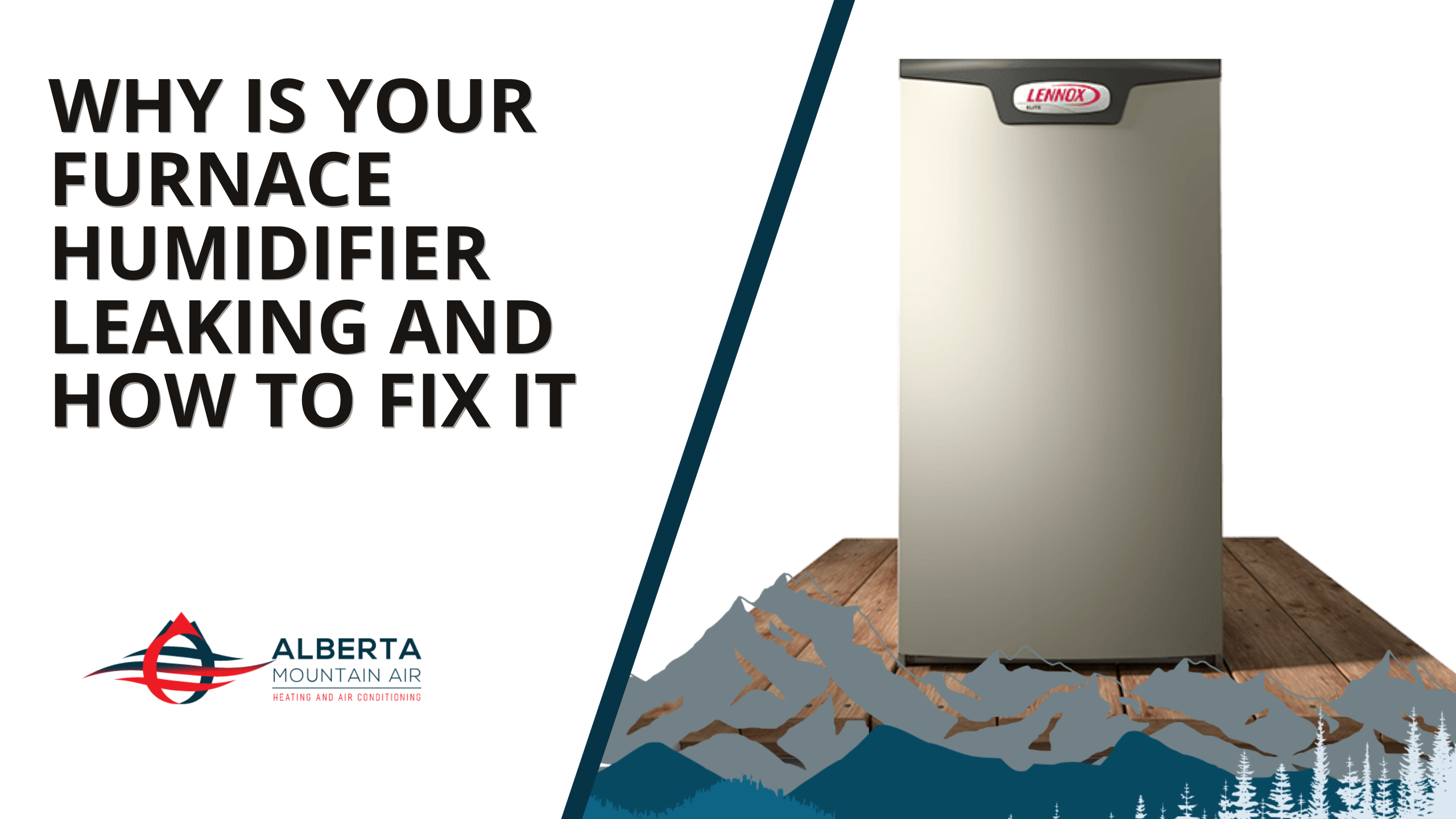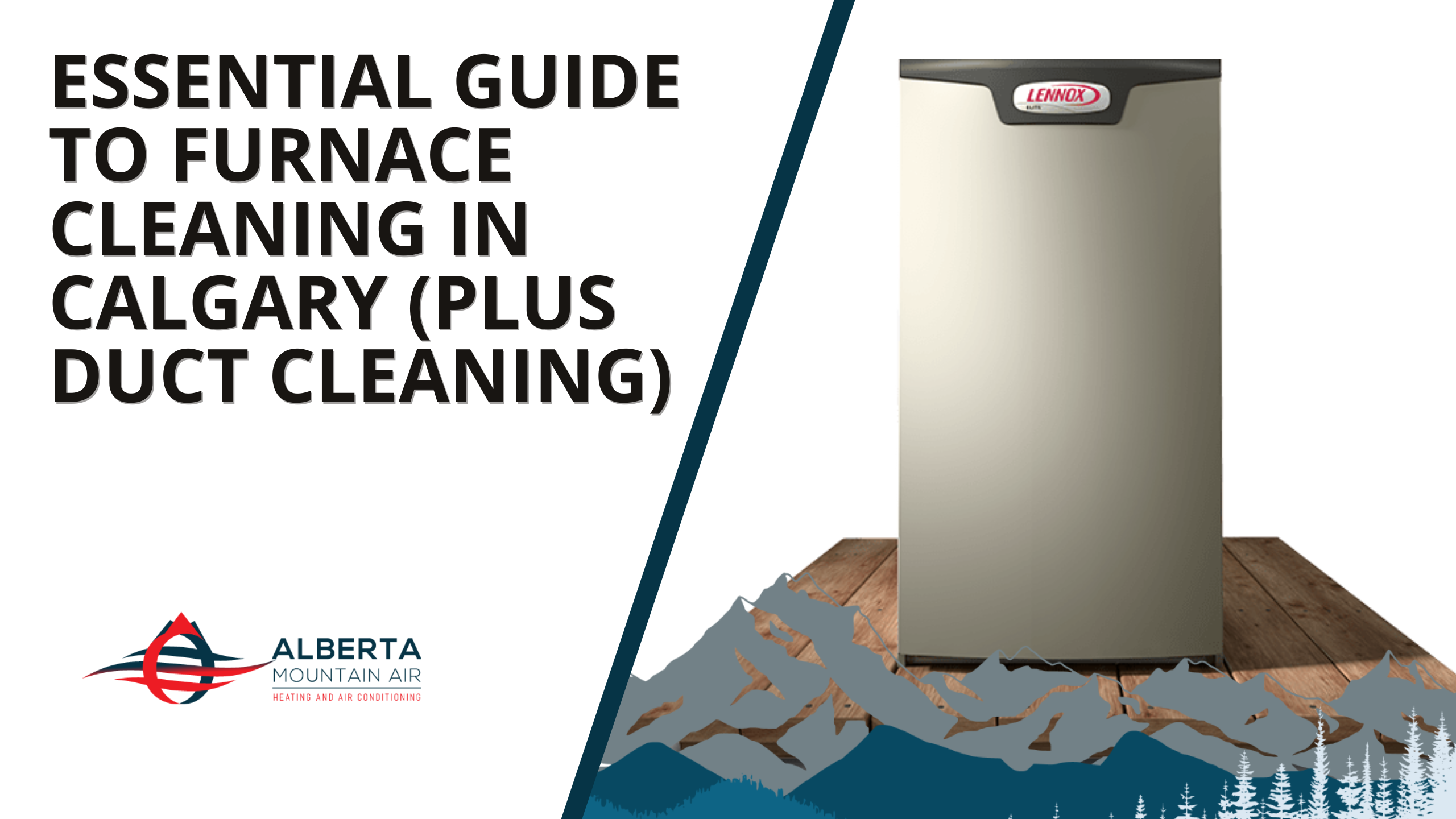What are the Right House Humidity Levels in Alberta (Summer and Winter)?
A temperature range of +35 degrees Celsius to -50 degrees Celsius makes temperature the natural starting point when considering a home’s comfort levels throughout the year in Alberta.
However, humidity levels are another key factor that affects the comfort and health of your family. Getting the balance right can be difficult in Alberta’s unpredictable climate.
So, what is the right humidity level in summer and winter in Alberta? Does it change much and does where in Alberta you live affect the humidity?
Generally speaking, Alberta is classified as semi-arid, which means that moisture is at a premium and air is likelier to be too dry than too humid. The ideal indoor humidity is between 30 percent and 50 percent, according to Health Canada.
But it’s more complex than that. Here’s what you need to know about humidity levels in your house throughout the year:
Table of Contents
Ideal house humidity levels in Alberta during summer and winter
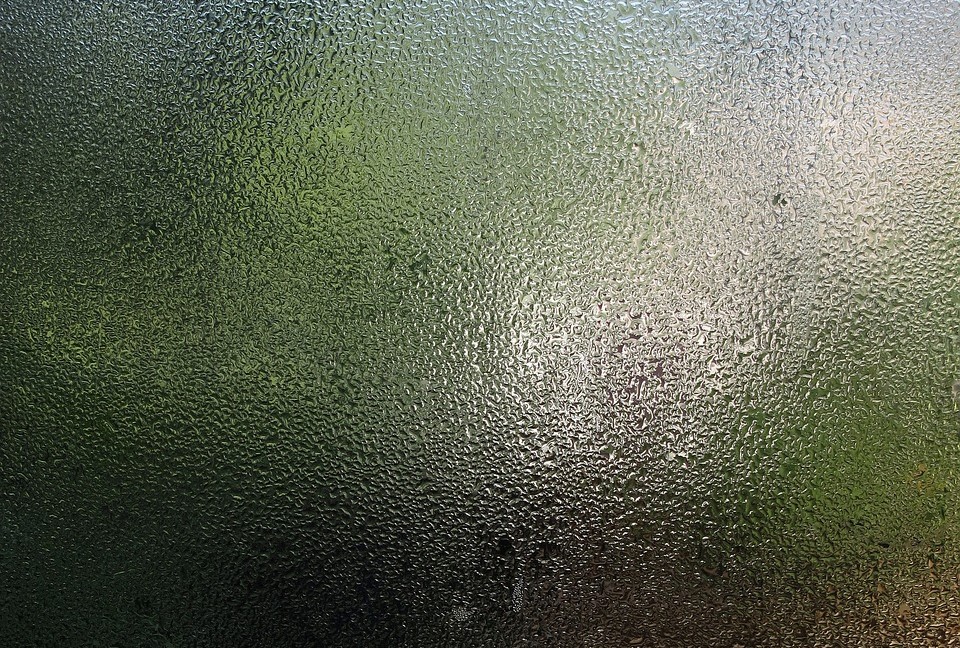
The recommended humidity indoors in Alberta is between 30 and 35 percent in the winter and below 50 percent in the summer.
These ideal targets can be a challenge to achieve. Alberta gets bitterly cold air in winter and hot air in the summer. The lack of moisture in the air for much of the year makes low humidity more of a concern—but high humidity can still be a problem in the warm summer air and the warm “Chinook” winds that blow in Calgary winters can also complicate matters (more below).
House humidity in Alberta winters
In winter, low humidity is common in Alberta. Humidity below 30 percent may aggravate skin allergies, lead to cracked skin, cause eye irritation and respiratory infections, increase static electricity, and may even promote the survival of some bacteria and viruses.
High humidity in winter leads to condensation on cold surfaces such as windows, foundations, and walls. Extended periods of dampness can promote mould and bacteria growth. This is why the recommended humidity level is 30-35 percent in winter.
House humidity in Alberta summers
In summer, high humidity can cause other comfort problems especially if the temperatures are high.
Although condensation is less of a problem at this time of year, high humidity may cause clammy conditions and increase unwanted odors, as well as cause damage to household items. Cooler places like basements may also suffer from condensation.
What is relative humidity and why is it important?
Humidity refers to how much water vapour is in the air.
Absolute humidity describes the actual amount of water vapour in the air. However, Relative humidity (RH) is more commonly used. This is the amount of water vapour the air contains compared to the maximum possible it could contain at that temperature. Relative humidity is a term often used in weather forecasts.

The “heat index”, another term you’ll hear in weather forecasts, refers to the “feeling” that combines air temperature and moisture in the air.
Humidity varies throughout the year, regardless of where you live. The RH is mainly affected by temperature. Because Alberta experiences huge temperature variations between the summer and winter seasons, this translates to widely fluctuating humidity levels too.
Generally speaking, absolute humidity levels in homes tend to be lower in winter and higher in summer because high humidity is associated with high temperatures. However, the highest relative humidity in Edmonton is often in January.
How is this so?
The relative humidity refers to the amount of water in the air compared to the maximum possible. If the RH is 100 percent, the air is completely saturated with water vapour at that temperature. Because cold air can hold less moisture than warm air, a relative humidity of 70-80 percent in January in Edmonton may be higher than the reading in July.
Despite this, the conditions will feel much less clammy and uncomfortable in January than the same relative humidity in July, when the temperatures are much higher.

The amount of water vapour in the air can affect the health and comfort of household members as well as the structural integrity of your home and its contents.
Albertans spend a great deal of time indoors — either at home or at the office—especially during the winter months. So, achieving the ideal indoor humidity level is important, especially if young children, elderly or sick people live in the household.
You can overcome the challenges of maintaining the humidity level at 30-35 percent in winter and under 50 percent in summer with a few simple strategies that we’ll outline soon…
What affects humidity levels?
Relative humidity is affected by the air temperature and pressure. As explained already, if the same amount of water is present in cold air as in warm air, the relative humidity of the cold air is higher.
As the temperature of the air increases, the amount of water vapor needed to achieve saturation increases.
At -10 degrees Celsius, the air can hold a maximum of 2.2 grams of water per cubic meter.
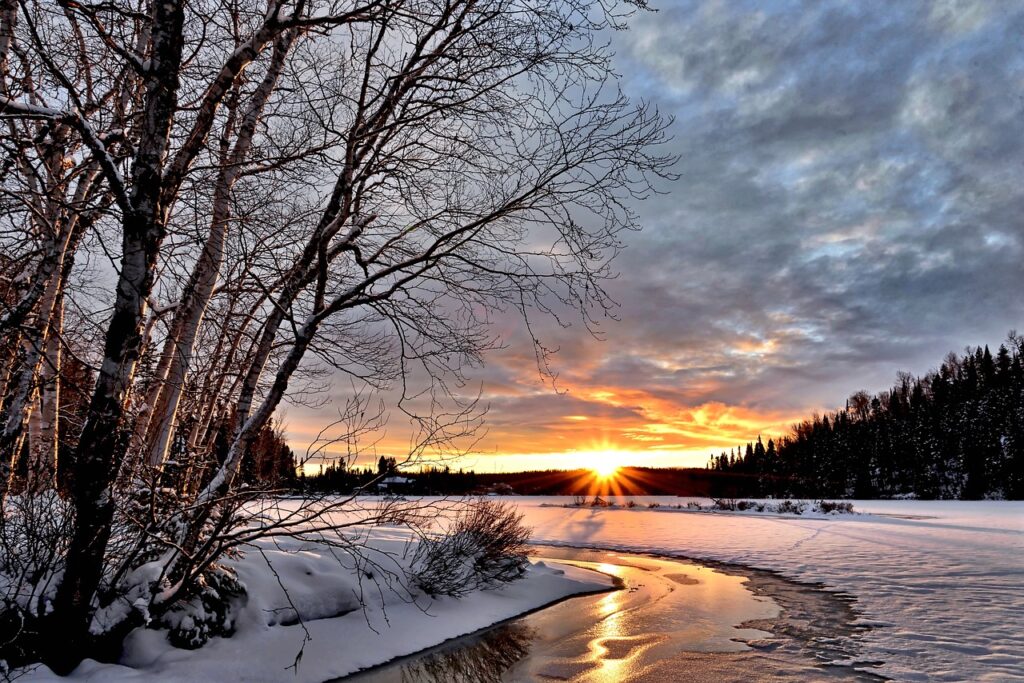
To maintain the recommended winter humidity level of 30-35 percent, there should be 0.66-0.77 grams of water per cubic meter in the air.
Outside of the home, when the temperature is -40C in winter, only a minimal amount of water in the air will raise the humidity level significantly. When it’s 35C in summer, however, a larger amount of water in the air is required to reach a comparable humidity level.
The humidity levels vary so much between summer and winter in Alberta because of this wide temperature difference.
Within the home. humidity is not just created naturally according to the climate. Other household sources of humidity include:
- Showering and cooking (especially in the absence of effective exhaust fans)
- Infiltration of water from outside if cracks are present in the foundation, floor, walls or roof
- Plumbing leaks
- Flooding due to snow melt, storm surges or prolonged or heavy rainfall
- Aquariums, indoor plants, etc.
So, the inside air humidity can be “artificially” raised or lowered by human activity—which is why it’s relatively easy to exceed the recommended humidity levels unless homeowners make allowances for this.

How does humidity vary between Calgary and Edmonton in summer/winter?
The recommended house humidity in Calgary is the same as the house humidity in Edmonton. On average, though, Edmonton experiences slightly higher average humidity throughout the year.
The wide variation in temperature and precipitation across the province means that humidity levels vary greatly. Warmer and drier conditions generally prevail in the south compared to the north but Calgary and Edmonton do experience climactic differences.
In raw temperature terms, Calgary is warmer than Edmonton. It is slightly further south and at a lower elevation than Edmonton, generally making for milder winters and warmer summers compared to Edmonton (though Calgary can be cooler at night in the summer).
The average January temperature in Calgary is -3°C/-14°C (high/low) and 23°C/10°C in July. In Edmonton, the average January temperature is 7°C/-16°C (high/low) and 23°C/12°C in July.
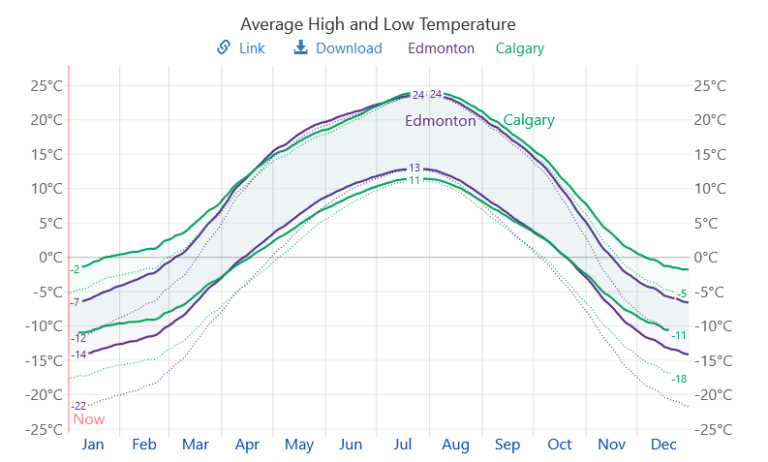
Another major climactic factor affecting temperature and humidity is the wind. While both cities experience several weeks of extreme cold and snow during the winter, Calgary’s unpredictable Chinook winds bring warm air that almost instantly melts the snow and ice, raising winter humidity levels naturally.
Because Alberta’s temperatures often vary significantly during any season, air conditioning and furnaces are often run outside of the regular cooling or heating seasons, making it difficult to maintain the ideal home humidity levels without the right advice and help from the right equipment.
Benefits of maintaining the right home humidity level
If the humidity level at home is lower than recommended, raising it to the ideal level will mean:
- Lower risk of allergies, skin dryness/irritation, and dry eyes
- Better control of respiratory problems, such as asthma
- More effective and efficient heating (humidified air usually feels warner)
- Easier sleep and reduced risks of snoring (yes, honestly!)
- Less static electricity buildup
- Better general comfort levels for the household
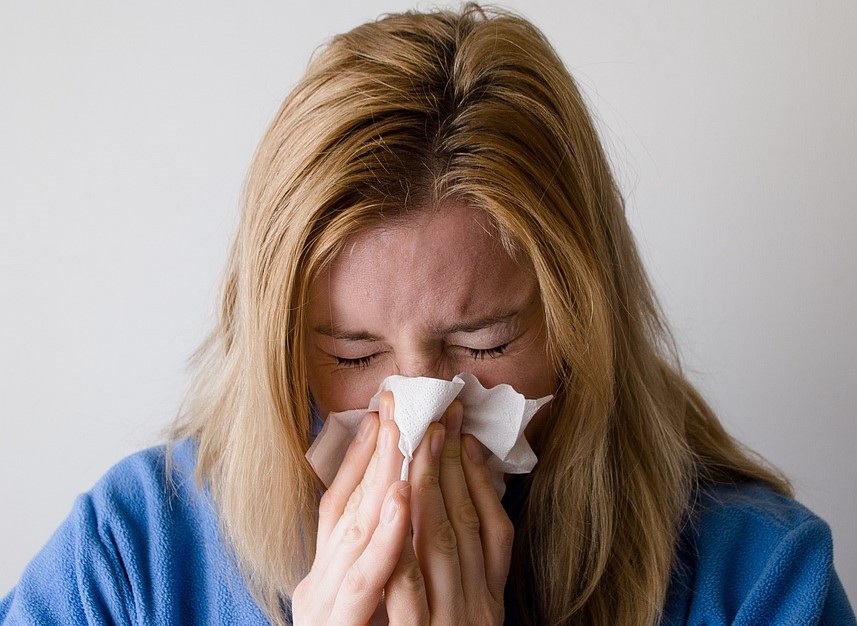
If the humidity level at home is higher than recommended, reducing it to the ideal level will mean:
- Less risk of mold or mildew forming
- Less exposure to harmful bacteria and viruses
- Less risk of damage to the foundations of your home
- Less risk of rot to household items (especially wooden items, artwork, and documents)
- Extended life for carpets, floorboards, etc.
- Fewer musty smells
- Less risk of dust mites and other household pests
- Better general comfort levels for the household (less clammy)
How can you adjust house humidity levels throughout the year?
We’ve seen how house humidity in Alberta depends on a combination of the climactic conditions and human activity in the home.
If you don’t yet have a smart thermostat that measures humidity as well as temperature in your home, you can use a hygrometer, which can be purchased at any good hardware store.
Also, keep an eye out for any of the following signs in your home, which could point to excessive humidity:
- Moisture and stains on walls, ceilings, around light fixtures, and vent stacks
- Windows that are consistently wet with condensation
- Signs of toxic mold (black staining)
- Ice buildup in the attic
- Wet insulation
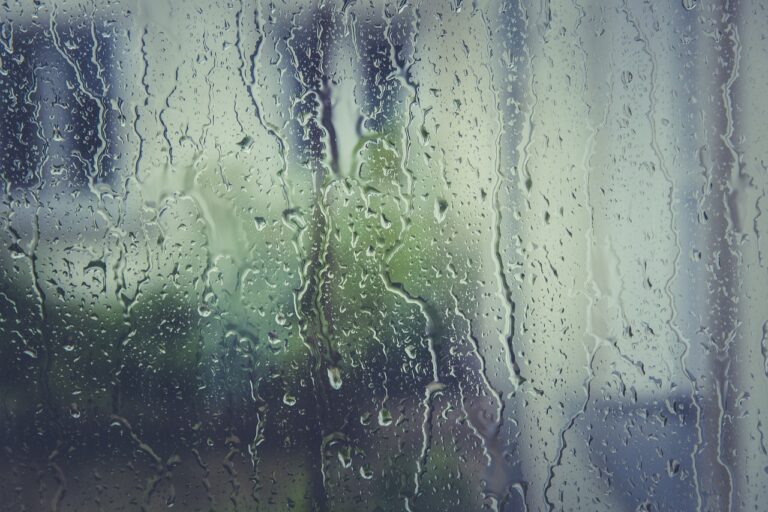
If the humidity levels are not quite right in your house, there are several ways to adjust things for the better…
How to raise humidity levels
The main humidity issue for many Alberta homes is dry air during the long winter months. Any moist indoor air is often cycled out of your home by the air exchange from your furnace or heat recovery system.
Installing either a whole-home humidifier or portable units that can be moved from room to room are the main solutions for raising the humidity levels in homes.
A whole-home humidifier is the preferable option as it works with your furnace’s air handler or fan and thermostat to maintain optimal humidity levels. It will add moisture to the air flowing through your ductwork, ensuring consistent humidity throughout your entire home.
A whole-home humidifier should become an integral part of your home’s HVAC system installation if your home struggles to maintain the right humidity levels. Two main types of whole-home humidifiers are available:
- Bypass humidifier: an affordable solution that connects to your return ductwork, a water line, and a bypass duct that draws warm air from your HVAC unit. It heats the water and helps moisture circulate through your home but only runs when the furnace is running through its heat cycle, potentially limiting its use.
- Steam humidifier: a more expensive solution, heating water in a self-contained unit and producing sterile steam to be delivered throughout the home via the air handler or furnace fan—whether or not the furnace is working.

Modern, smart thermostats control both temperature and humidity levels, making it easier to check and maintain humidity levels.
Also, bear in mind that many whole-home humidifiers can also function as dehumidifiers, providing control over humidity levels if they are too high as well as too low.
Remember, RH levels below 30 percent can trigger allergic reactions or breathing issues; a humidifier can help to add moisture to the air. If excessive condensation starts to form on cold surfaces, you may need to reduce the use of the humidifier, though.
How to reduce humidity levels
Most Calgary and Edmonton homes can maintain close to the ideal humidity levels in summer. You can reduce the humidity level at any time of year by the following methods:
- Ensuring proper ventilation in your home: Use exhaust fans in kitchens, bathrooms, and laundry rooms to vent moist air outside—but also allow air to circulate freely throughout your home by clearing away furniture from vents and leaving interior doors open.
- Repairing plumbing leaks promptly: Make sure that no water is left to pool by leaky pipes or this will add to the moisture in the air as it evaporates.
- Running your air conditioning: This will remove moisture from the air in your home as part of the air-cooling process.
- Repairing cracks in the foundations, roof, walls, etc.: Water can also enter your home through structural imperfections.
- Minimizing large indoor water sources: Try to reduce unnecessary water sources like aquariums.
- Channeling precipitation away from your house: Rain and snowmelt should drain away from your home by sloping the grade away from it.
- Clearing gutters: Make sure eavestroughs and downspouts are kept clear of any debris and water can flow out to the street.
- Keeping surfaces warm and dry in your home: if condensation forms regularly and there is a high risk of mould, be sure to wipe window frames and sills daily.
- Installing a dehumidifier: This can help reduce moisture in the dampest areas of your home, such as the basement.
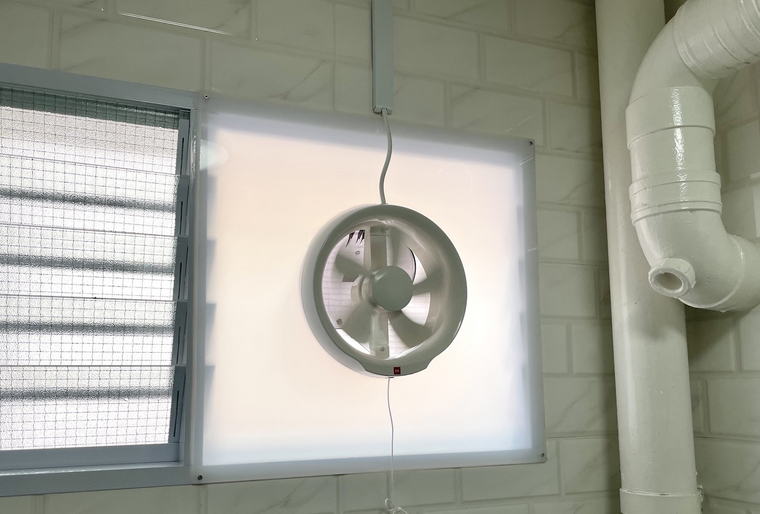
If you have a serious problem with excessive humidity, you may be advised to take more advanced steps to address the problem. This could include adding extra insulation to the exterior or foundation walls, upgrading to high-performance windows to prevent condensation or reworking bathrooms, kitchen, etc., with more moisture-tolerant materials.
You may also like to consider installing a mechanical ventilation system—ideally one with a Heat Recovery Ventilator (HRV) or an Energy Recovery Ventilator (ERV).
Is a whole-home humidifier better than a standalone unit?
Yes, generally speaking. If humidity is a problem in your entire home, a whole-home humidifier works with your HVAC system to regulate it. Standalone units are cheaper but you’ll need to purchase one unit for every room that suffers from poor humidity levels. You’ll also need to manually adjust each unit.
Given Alberta’s unpredictable climate, maintaining consistent humidity is easier with a whole-home system as it works with your furnace and thermostat and many can humidify or dehumidify the air (without running the AC).
Ever heard of attic rain?
Attic rain is a term used for the water that runs down walls, soaks through roofing materials, and collects around lighting fixtures and piping in Alberta homes during warmer spells in winter.
This happens after warm, moist air collects in the interior attic space, freezes on the internal roof structures (e.g., roof vents and soffits) during cold snaps and then thaws at a faster rate than the attic’s ventilation system can exhaust the accumulated moisture.
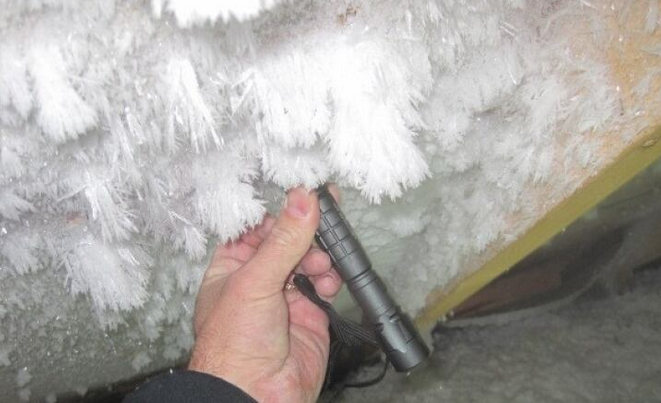
Attic rain is quite common in Calgary where we get huge temperature swings in winter due to the influence of the Chinook winds. Homeowners may see a wet stain on the ceiling or water leaks around a window or at the bottom of a wall.
The main cause of attic rain is indoor humidity rather than a leaky roof—exacerbated by moisture from indoor sources rather than simply atmospheric humidity.
Attic rain can be caused by several factors working together, including:
- Inadequate roof air intake and air pressures
- Poor ventilation
- Inadequate or poorly installed insulation
- Moist air from cooking, bathing, laundry or humidifiers escaping to the attic
- Energy-efficient, airtight homes leaving no escape route for moisture
How to prevent attic rain
If there is a lengthy cold snap in Calgary, there is quite a high likelihood that it will be broken by a much warmer spell at some point.
Attic frost can be reduced by managing your indoor humidity. If you run a humidifier, turn it down to maintain a level no higher than 30 percent and use ventilation fans to reduce condensation on the interior surfaces of windows in your home.
Make sure the furnace fan is on (even if you think it’s noisy), as it helps to balance air intake in your home. Also, ensure that adequate venting is connected to all appliances such as washers and dryers in your home—otherwise, moist air can get trapped in your home with nowhere to go.
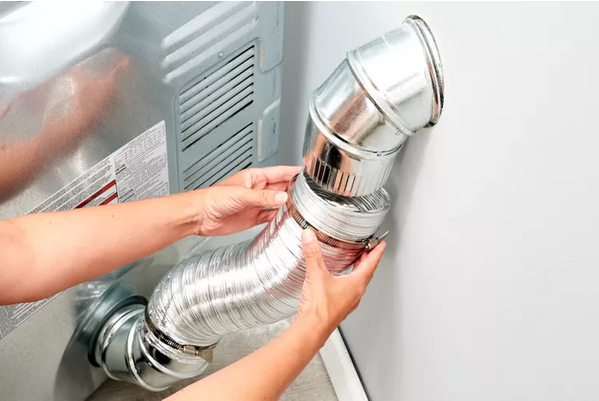
The furnace maintenance specialists from Alberta Mountain Air frequently advise Calgary homeowners on maintaining the ideal humidity levels to prevent excessive humidity and attic rain.
Maintain ideal humidity levels in your Alberta home
Your home’s comfort levels depend greatly on the air circulating—its moisture content as well as its temperature.
If the air doesn’t feel right in your home, the place to start is regular HVAC maintenance and an inspection of your heating and cooling system. Your air may be too dry or too moist, leading to multiple comfort issues and health hazards.
For most Alberta homes, the major humidity concern in our challenging climate is dry air in winter—and the associated problems with allergies, asthma, and skin irritation.
This can be easily regulated with the right whole-home humidifier installed with your HVAC system.
The heating and cooling professionals at Alberta Mountain Air will assess your home’s air, recommend how to make improvements and help you maintain the ideal humidity level of 30 to 55 percent year-round. Call us at 403-236-4366 or contact us online for an inspection.
More Articles
Essential Guide to Furnace Cleaning in Calgary (Plus Duct Cleaning)
Need A Free Estimate?
Still have questions about your next air conditioner? Let us help you choose an air conditioner you’ll be excited for.
Need A Free Estimate?
Still have questions about your next air conditioner? Let us help you choose an air conditioner you’ll be excited for.
